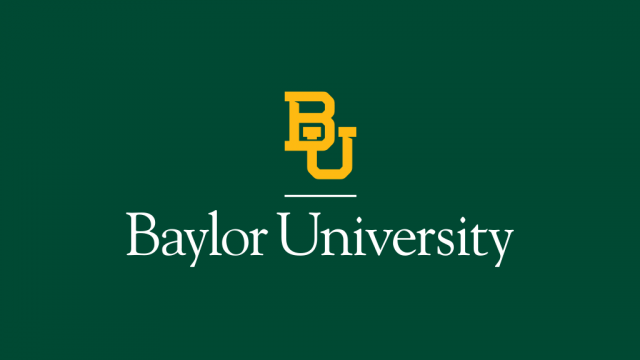Newswise — Jesus’ mother Mary — exhausted by childbirth and the trip to Bethlehem — lies asleep in the hay. Next to her, Joseph tenderly holds the newborn son he hadn’t counted on when he got engaged.
It’s not a conventional illustration of the Nativity. That image, in a greeting card reproduction of original art by Roger Loveless, would have startled Christians in earlier times. But that portrayal and other more recent ones, showing Mary and Jesus minus halos, the wise men in simple attire, and angels and the Star of Bethlehem absent from the scene, demonstrate how the story of a savior’s birth has been captured in differing ways by artists across time, say art historians at Baylor University. In today’s techno-times, some people even Photoshop themselves into the Nativity for Christmas cards.
The message of hope and salvation is consistent, but “paintings of the Nativity as well as most Christian art forms tend to reflect the cultural backdrop of the artists and the anticipated receptivity of the community,” said Swee Hong Lim, Ph.D., a Baylor University assistant professor of church music, who has researched Christian iconography and is co-moderator of the Worship Committee of the 10th General Assembly of the World Council of Churches.
“Art history offers glimpses to the socio-cultural world of the time when the work of art is created," Lim said. "Such paintings are also influenced by the theological outlook of that time. Context is important."
In the first 300 years of Christianity, the inscriptions and paintings on walls of catacombs focused primarily on the Easter story, Lim said.
“Nativity scenes only caught on after Christianity was adopted by the Romans and the pagan festival of the birth of the Sun — after the winter solstice — was replaced with the Christian festival of Christmas (birth of the Son),” Lim said.
Art of the Nativity carried a spiritual message, but it often had social and political implications as well, according to Baylor University authors in an article about Christmas and the Epiphany in art, published in the current issue of Christian Reflection: A Series in Faith and Ethics.
For example, while adoring shepherds and worshipful wise men are vital parts of the Christmas story, shepherds — viewed in biblical times as despicable and potentially violent — played a minor role in art for centuries, wrote Heidi Hornik, Ph.D., a professor of Italian Renaissance and Baroque art history at Baylor, and Mikeal Parsons, Ph.D., the Kidd L. and Buna Hitchcock Macon Chair in Religion at Baylor.When shepherds did appear in art, “it was often to contrast or complement the role of the Magi,” they wrote. Traditional focus of the holy family is on Jesus and Mary, with Joseph off to one side. That makes Loveless’ illustration of interest. But it is not the first time Joseph has been featured prominently. Italian Renaissance artist Domenico Ghirlandaio placed Joseph — portrayed as an old man with gray hair — in the exact center of the painting, Hornik and Parsons wrote.
And while the Star of Bethlehem lights up the sky in many Nativity works of art, some modern artists, among them David Lindsley and Jon McNaughton, have illuminated simple, intimate scenes with candles or lanterns held by Joseph or one of the visitors to the infant Jesus.
One couple in Washington even went online to make their Christmas card personal, emulating a scenario by artist Lindsley. They draped blankets on their heads and Photoshopped themselves and their baby into the places of Mary, Joseph and Jesus, adding their two cats sporting angel wings.
While some might be puzzled or even put off by digitally becoming part of the Nativity scene, the idea is not unlike wearing a cross on a chain, Lim said.
“These are symbolic acts of marking themselves, of differentiating themselves from others or associating themselves with an action that gives them deep personal meaning,” he said. “It asserts the strong personal value they place on their faith.”
ABOUT BAYLOR UNIVERSITYBaylor University is a private Christian university and a nationally ranked research institution, classified as such with “high research activity” by the Carnegie Foundation for the Advancement of Teaching. The university provides a vibrant campus community for approximately 15,000 students by blending interdisciplinary research with an international reputation for educational excellence and a faculty commitment to teaching and scholarship.
Chartered in 1845 by the Republic of Texas through the efforts of Baptist pioneers, Baylor is the oldest continually operating university in Texas. Located in Waco, Baylor welcomes students from all 50 states and more than 80 countries to study a broad range of degrees among its 11 nationally recognized academic divisions.
